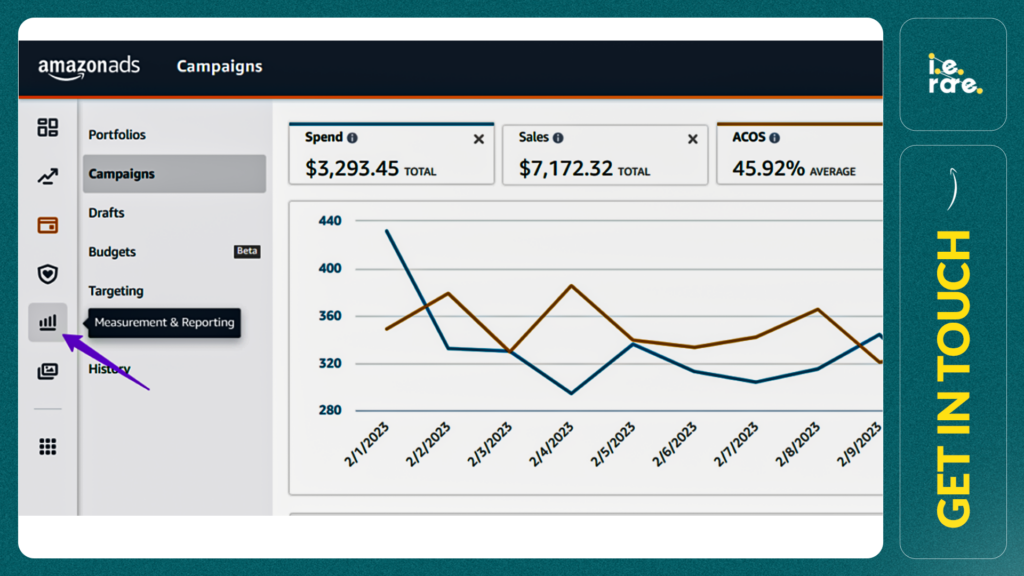Are you struggling with Amazon ads that get clicks but no sales? It’s a common frustration that can drain your budget and dampen your ROI. Fortunately, addressing issues like poor targeting, inadequate listing quality, or uncompetitive pricing can turn things around. This guide will dive into why your Amazon ads might be underperforming and offer actionable solutions to enhance your conversions.
1. Enhance Your Product Listing for Better Conversion
A well-optimized product listing is essential for converting clicks into purchases. Start with a clear, keyword-optimized title that communicates value to the customer. Your bullet points and descriptions should emphasize benefits, not just features. For instance, transform “Made of stainless steel” into “Built with rust-proof stainless steel for enduring quality.
Visual appeal is critical:
- Use high-resolution images to showcase your product’s details.
- Incorporate infographic images to highlight features succinctly.
- Add lifestyle images to show your product in use, fostering an emotional connect.
- Include videos for a dynamic product demonstration.
Don’t overlook the impact of A+ Content for a polished and engaging presentation
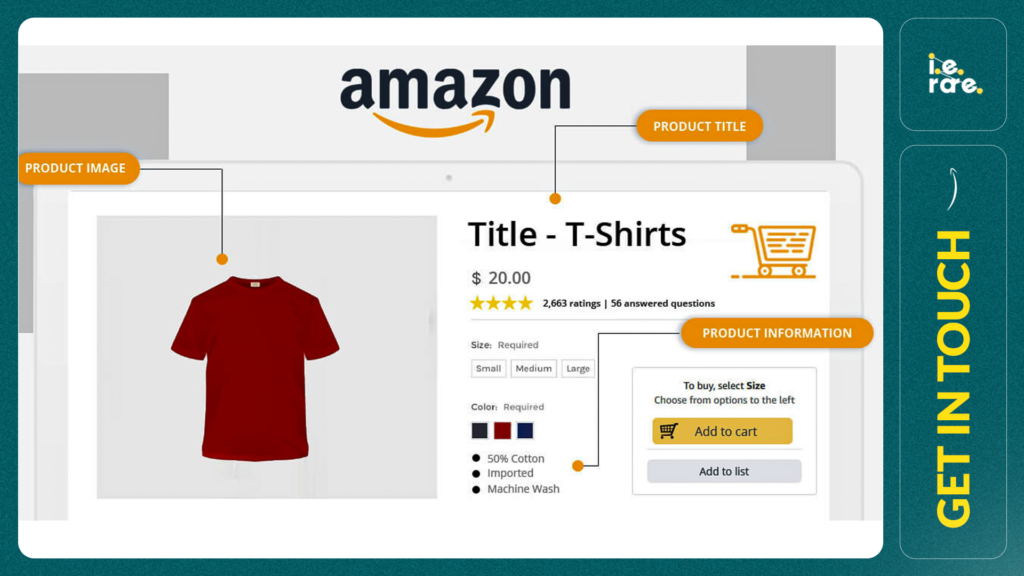
2. Refine Your Keyword Strategy
Misaligned keywords can attract the wrong audience, wasting your ad spend. Analyze your search term reports to cut out irrelevant traffic and refine your approach:
- Utilize a mix of keyword match types for better control and relevance.
- Target long-tail keywords to capture more specific customer searches.
- Regularly review competitor keywords for insights and adjustments.
Align your keywords with user intent to ensure you’re capturing traffic ready to convert.
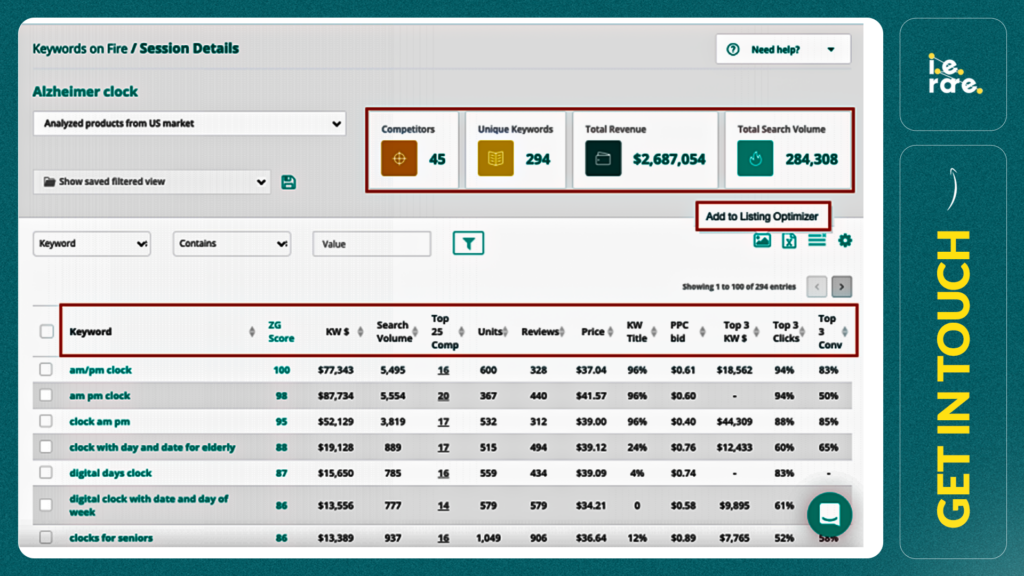
3. Stay Competitive with Smart Pricing
Price competitiveness is crucial on Amazon. If your pricing is higher than competitors’, potential customers are likely just a click away from a better deal. Evaluate the competitive landscape regularly and adjust your pricing strategy:
- Offer more value through better features or superior service if you can’t be the price leader.
- Use promotional tactics like Amazon Coupons or Limited-Time Deals to enhance perceived value without a permanent price drop.
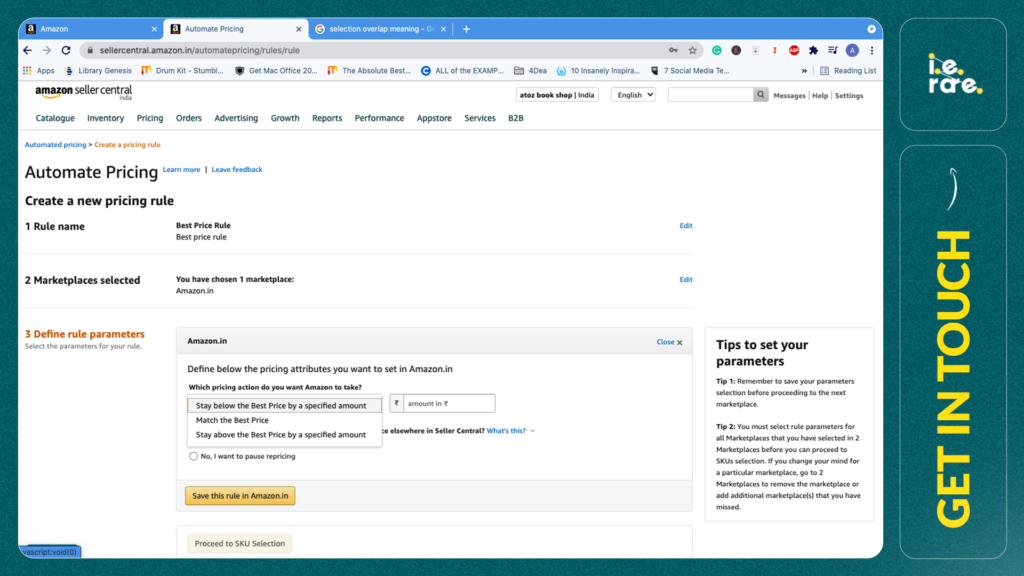
4. Optimize Ad Placement and Bidding
Your ads’ placement can significantly affect their performance. Aim for high-converting spots like top-of-search or product pages, and adjust your bids based on performance insights from placement reports. Consider dynamic bidding strategies to capitalize on high-converting opportunities without overspending.
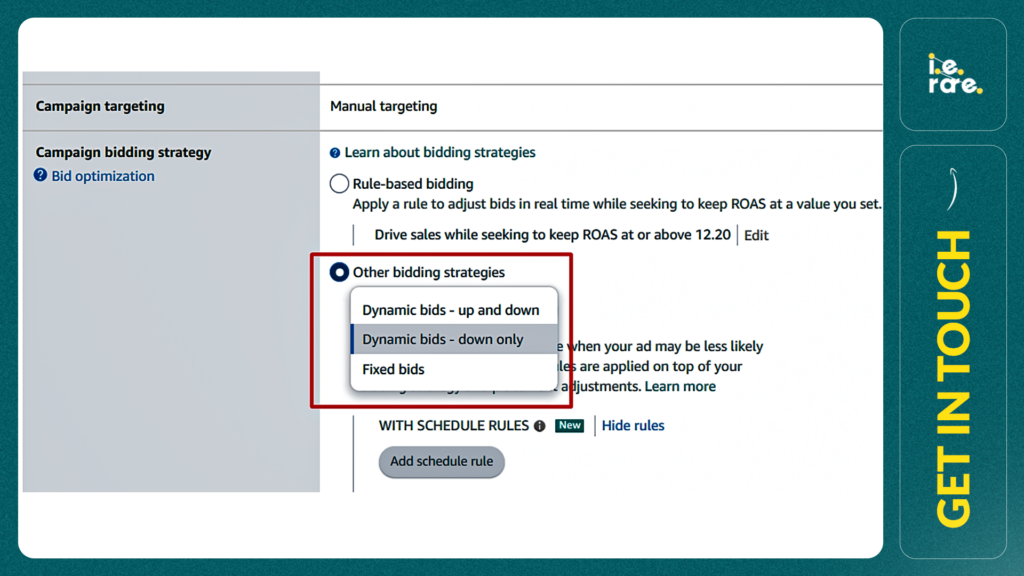
5. Address Negative Reviews Proactively
No amount of ad spending can overcome the hurdle of negative reviews. Maintain an average rating of at least four stars:
- Monitor and address common customer complaints.
- Engage with negative reviews constructively and promptly.
- Encourage satisfied customers to share their positive experiences.
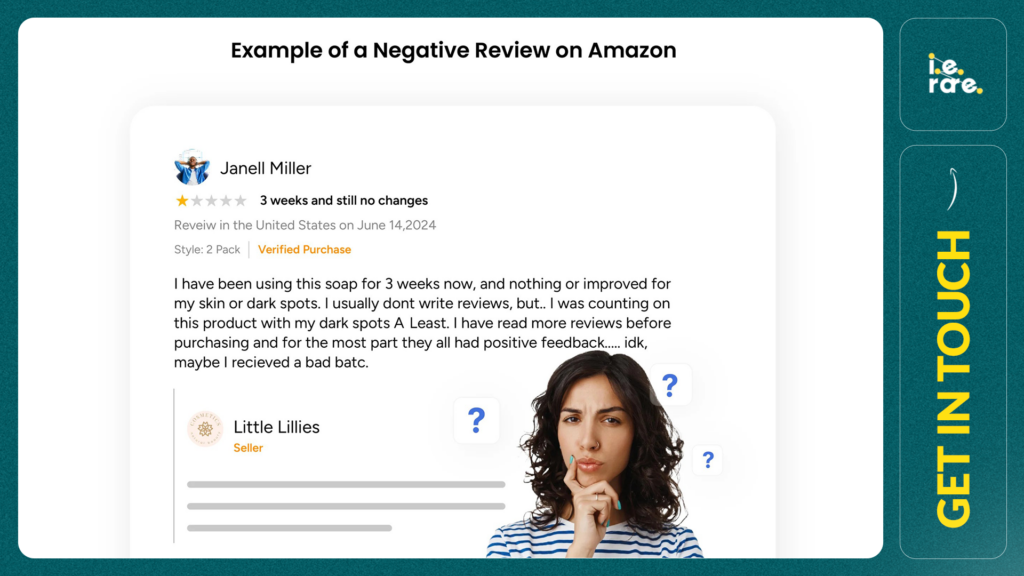
6. Differentiate Your Product in Crowded Markets
In saturated markets, your product must distinguish itself to attract customer attention. Without clear differentiation, your Amazon ads may not effectively convert, as your product appears just like many others. Here’s how to make your product stand out:
- Analyze Competitor Reviews: Use feedback to understand what customers like or dislike, and adjust your product to better meet their needs.
- Emphasize Unique Features: Clearly state what sets your product apart, such as enhanced durability, additional accessories, or an exclusive warranty.
- Upgrade Your Packaging: Invest in high-quality, branded packaging that offers a memorable unboxing experience.
- Utilize Amazon A+ Content and Videos: Demonstrate your product’s advantages visually and articulate its unique selling propositions effectively.
Ensure your product offers a compelling reason for customers to choose it over cheaper alternatives. Before you increase ad spend, ensure your product’s value is clearly articulated.
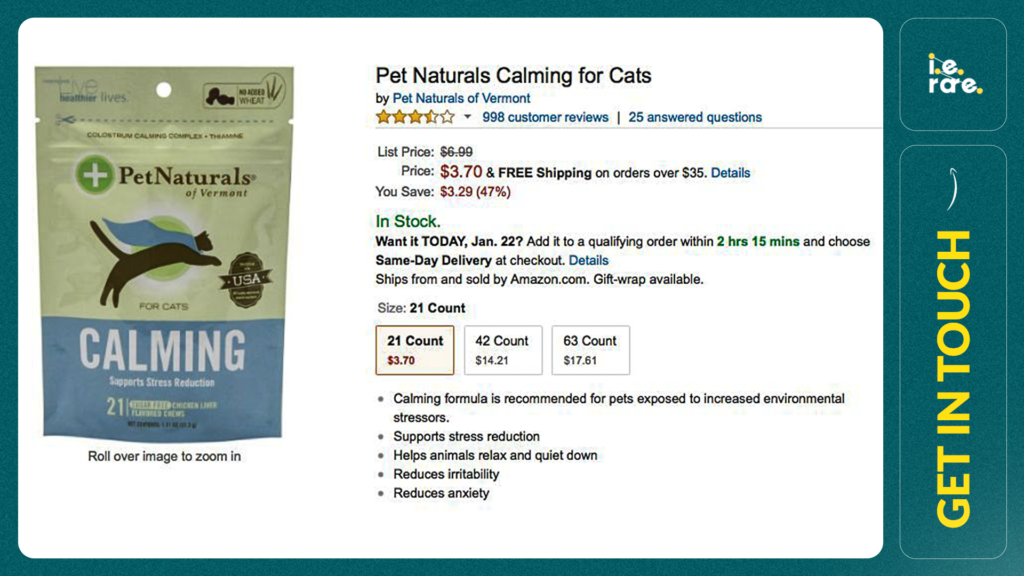
7: Precisely Target Your Audience
Misaligned targeting can lead to high click rates but low conversion rates, as the ads may not reach potential buyers genuinely interested in your product. Improve your targeting strategy with these steps:
- Review Search Term Reports: Identify and eliminate terms that trigger irrelevant ad placements.
- Optimize Match Types: Use phrase and exact matches to improve targeting precision, reducing unwanted broad match traffic.
- Enhance Audience Targeting in Sponsored Display: Focus your ad spend on segments more likely to convert, and use negative keywords to block irrelevant traffic.
Refine your targeting to ensure your ads reach the right audience, thus improving conversion rates and reducing wasted ad spend.
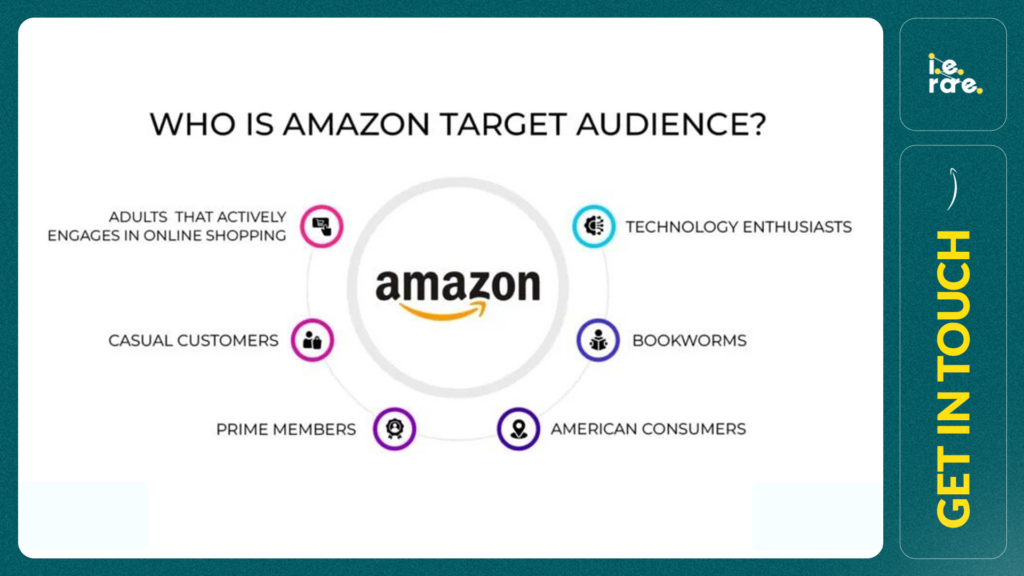
8: Optimize Shipping and Delivery Speed
On Amazon, fast and cost-effective shipping is crucial. Slow or expensive shipping options can deter potential buyers, even if they’re initially interested:
- Monitor Delivery Times: Ensure your shipping times are competitive with market leaders.
- Use Fulfillment by Amazon (FBA): Leverage Amazon’s logistics for faster delivery and Prime eligibility.
- Optimize Your FBM Strategy: If you manage shipping yourself, partner with efficient carriers to minimize delivery times.
- Offer Free Shipping: Incorporate shipping costs into your product price to offer ‘free’ shipping, enhancing buyer appeal.
Evaluate your shipping strategies regularly to ensure they meet customer expectations and enhance purchase likelihood.
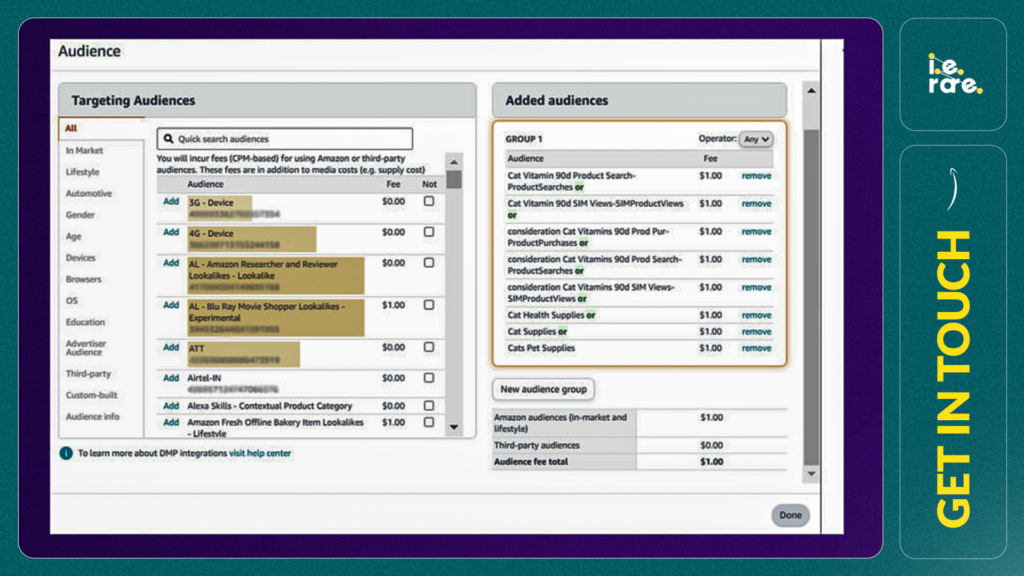
9: Implement Effective Retargeting Strategies
Retargeting is essential for capturing potential customers who have shown interest but haven’t made a purchase:
- Use Sponsored Display for Retargeting: Target users who have viewed your products but haven’t bought.
- Target Competitor Audiences: Reach out to customers who have viewed similar items.
- Employ Amazon DSP: Take advantage of advanced retargeting capabilities to engage potential buyers across Amazon and external sites.
- Adjust Bids Based on Engagement: Increase bids for users who have shown high purchase intent, like those who added items to their cart.
A strategic retargeting approach can help you win back potential buyers and improve the efficiency of your ad spend.
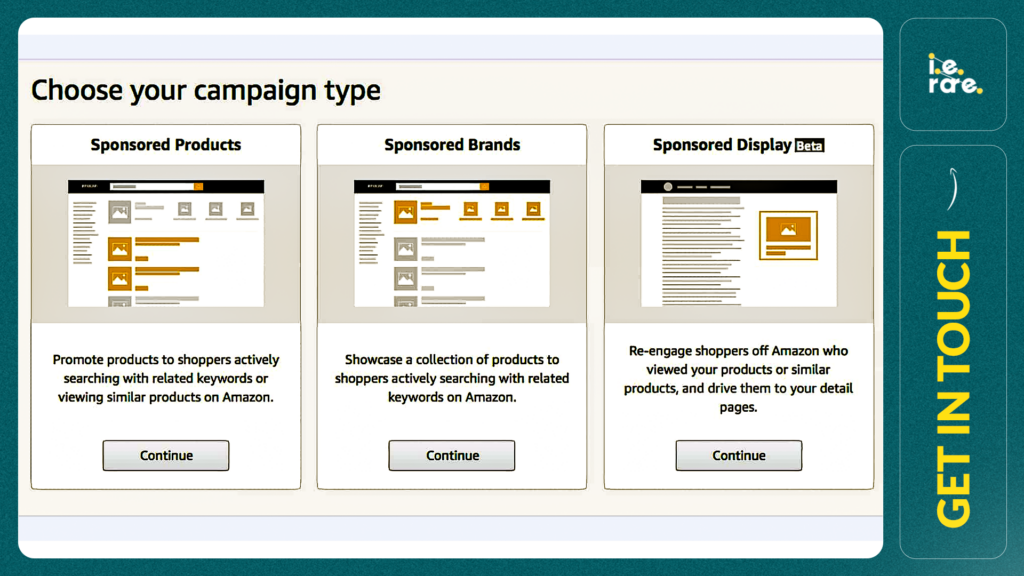
10: Assess Demand Before Increasing Ad Spend
Advertising a product with low market demand can lead to significant ad waste. Here’s how to ensure there’s a market for your product before ramping up PPC campaigns:
- Check Search Volume: Use keyword tools to verify if there’s sufficient search interest for your product.
- Analyze Market Trends: Determine if your product is in a growing sector or facing a decline.
- Examine Competitor Sales: Look at sales data to gauge overall market demand.
- Test Market Demand: Start with a limited ad spend to measure organic interest and adjust based on performance.
